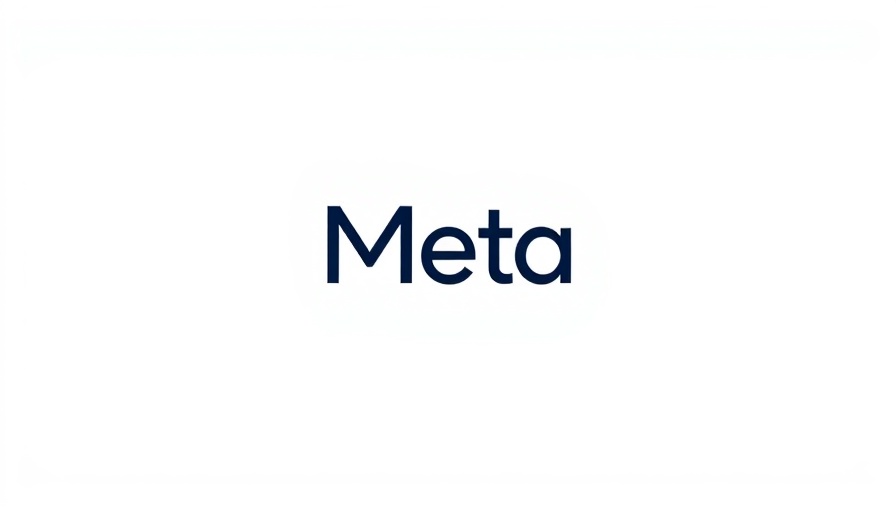
Meta's New Ad Billing Process: What You Need to Know
Meta has rolled out important changes to its ad billing settings that are set to alter how small and medium-sized businesses (SMBs) approach their advertising strategies. Understanding these tweaks can help you manage your budget effectively and ensure that your campaigns deliver maximum impact.
Understanding the Upfront Billing Mechanism
The most significant change Meta has made is to how and when you’ll be charged for your ads. Previously, advertisers faced a payment threshold system which meant they were charged only after they reached a certain spending limit. Now, the revised wording indicates that advertisers will be charged immediately upon confirming their ads purchase.
For example, if you set a budget of $20 for a two-day campaign, you will be charged that amount right away. This can impact your cash flow if you’re not prepared, as it essentially requires upfront payment.
This change seems to reflect Meta's confidence in its ad delivery system, but it may also line their pockets as they secure payment in advance, even if your campaigns underperform or don't fully utilize that budget.
The Coalition of Budget Management and Delivery Performance
Before this change, advertisers had a more lenient approach where your total spend could vary, providing some leeway for Meta to optimize campaigns based on performance. Now, with the shift to upfront charging, SMBs need to be more strategic about their ad deployment.
This change could prove advantageous for businesses as long as they set their budgets based on realistic expectations of ad performance. Consider testing different budgets and monitoring results closely to find an optimal setup that meets your needs without overspending.
Implications for Advantage+ Campaigns
Another notable alteration pertains to Meta’s automated Advantage+ campaigns. Previously structured around minimum and maximum budgets, these campaigns have transitioned to an average spend limit model. This means advertisers are capping their spend to control expenses, but it could reduce the system's ability to maximize ad performance on optimal days.
While this change provides more control over campaign budgets, it could hinder the campaign's flexibility to capitalize on peak engagement times. It's essential to balance the need for budget control with the potential loss of performance opportunities.
Local Insights: How These Changes Could Affect Your Business
For SMBs in retail, hospitality, or service sectors, each dollar counts. As you evaluate your advertising strategies in the wake of these changes, consider focusing on specific local opportunities. Tailoring your content to resonate with your audience could ensure that your ads not only reach potential customers but yield better engagement rates too.
Utilizing social media tools can also allow for targeted engagement strategies — highly relevant in a localized marketing approach. Checking analytics regularly will help you adjust your strategy in real time for maximum effectiveness.
Incorporating Diverse Strategies for Better Campaign Performance
As Meta shifts its billing structure, it’s vital you leverage various social media marketing strategies across platforms. For example, combine Facebook advertising with Instagram growth tips for a comprehensive approach that maximizes exposure. Likewise, consider TikTok marketing strategies or LinkedIn marketing for SMBs based on your target demographic.
This multifaceted approach not only buffers against the unique challenges posed by Meta's billing changes but can also lead to increased brand awareness and customer loyalty.
Decisions You Can Make with This Information
Armed with this understanding of Meta’s updated billing practices, you’re better positioned to make informed decisions about your ad spending. It’s crucial to analyze your previous campaign performances, set reasonable budgets, and recognize the potential impact of immediate charges on your monthly expenses. Experiment with various social media content ideas that drive engagement while keeping an eye on performance to ensure you’re not just spending but investing in your brand's growth.
Final Thoughts and Next Steps
As these changes unfold, maintaining an adaptable marketing approach will be essential. With proactive budgeting and an eye on how to effectively utilize these new processes, you can navigate this evolving ad landscape confidently. Stay informed on the latest social media trends, continue to test your campaigns, and fine-tune your advertising strategies to capitalize on your investment.
Take action now to ensure you’re getting the most bang for your buck from your advertising efforts!
 Add Row
Add Row  Add
Add 




Write A Comment